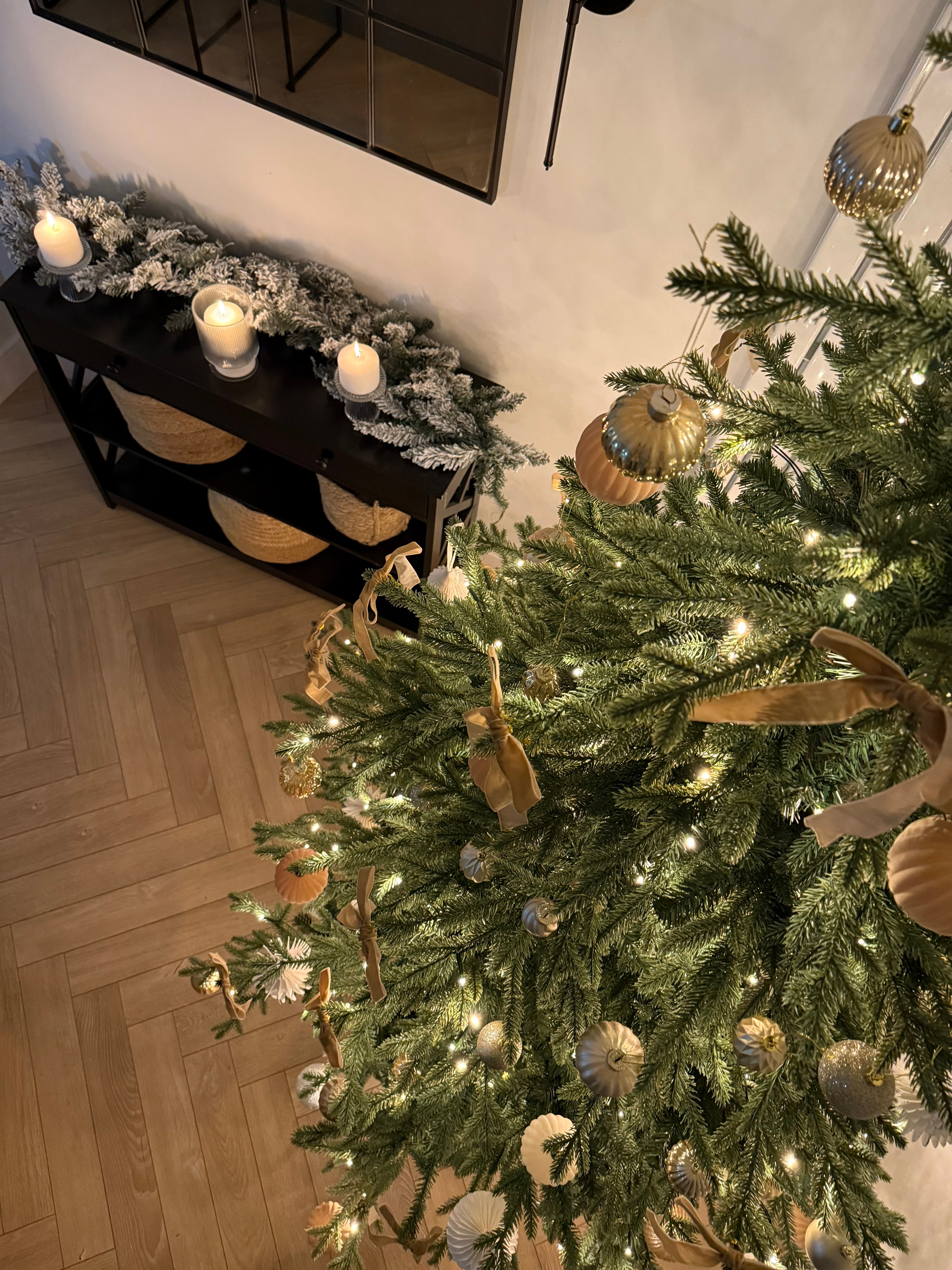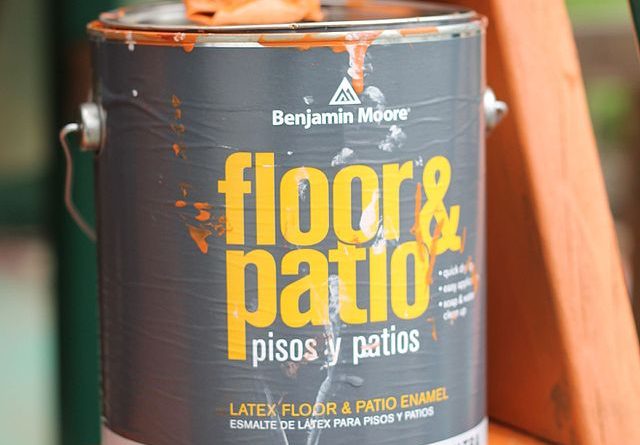Laminate flooring is one of the most resilient types of floors you can get. However, with wear and tear over time, it will naturally begin to look a little worn. You may wonder how you can bring it back to its former glory, without the investment of time and money that laying new flooring would take. Or perhaps you have been looking to spruce up your home, and after a new sofa and some carefully planned lighting, you may be looking at your floors wondering ‘what now’? The good news is that the answer is yes, you can paint laminate flooring. With the right equipment and good quality paint, all you have to do is to follow a few easy steps to ensure you will have the best and most long-lasting results possible.
Proper preparation is key
Painting laminate floors properly will take time, and some financial investment, but doing it right from the start will save you having to spend more calling a professional to in and fix a potentially botched DIY. Not to mention walking around on floors that do not make you happy until they have availability. That being said, once you have all the gear and methodology down, painting your laminate floors allows you to easily create different looks for your floors. This includes distressed finishes, whitewashed floors, but also emulating darker looking wood such as oak and ebony.
Sandpapering your laminate floors
The first step to take when painting your laminate flooring is to clean the surface properly, getting rid of any dust and debris. A thorough vacuum and a going over with the mop should do it. Then comes the sandpapering, or, if you have access to one, a sanding machine. You can rent one for a little over £10 per day. Although, you will miss out on the bonus arm and abs workout. Sandpapering with a fine grit paper is needed to remove the top layer of the laminate that protects the flooring below. While you do not want to remove this layer entirely, you want to go far enough to get rid of the glossiness. Just as it protects the floor against other external things, the glossy part will prevent the paint from binding and it will end up coming off more easily.
Cleaning and priming
Then do another proper vacuum to make sure you get all the dust that accumulates throughout the sanding process. You may want to consider cleaning the floors with Trisodium Phosphate (TSP), then wash this away and thoroughly dry the boards. You may need to use fans or heating lamps, depending on the weather at the time of your project.
Then follows the next step of preparation – priming. Usually, experts recommend an oil-based primer. This should then be left to dry for one day before you move on the actual painting. The paint, on the other hand, should preferably be latex-based. Check out our next post for a detailed description of how to go about painting your laminate floors like a pro.











